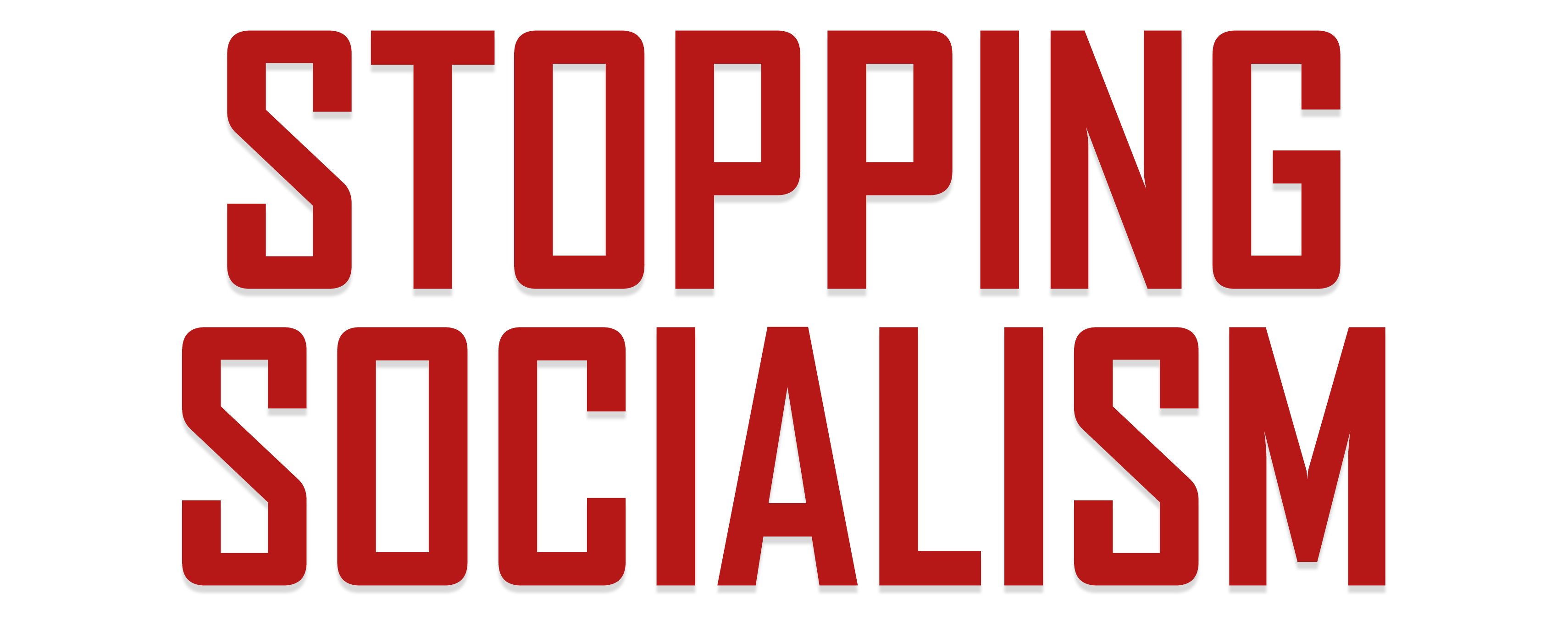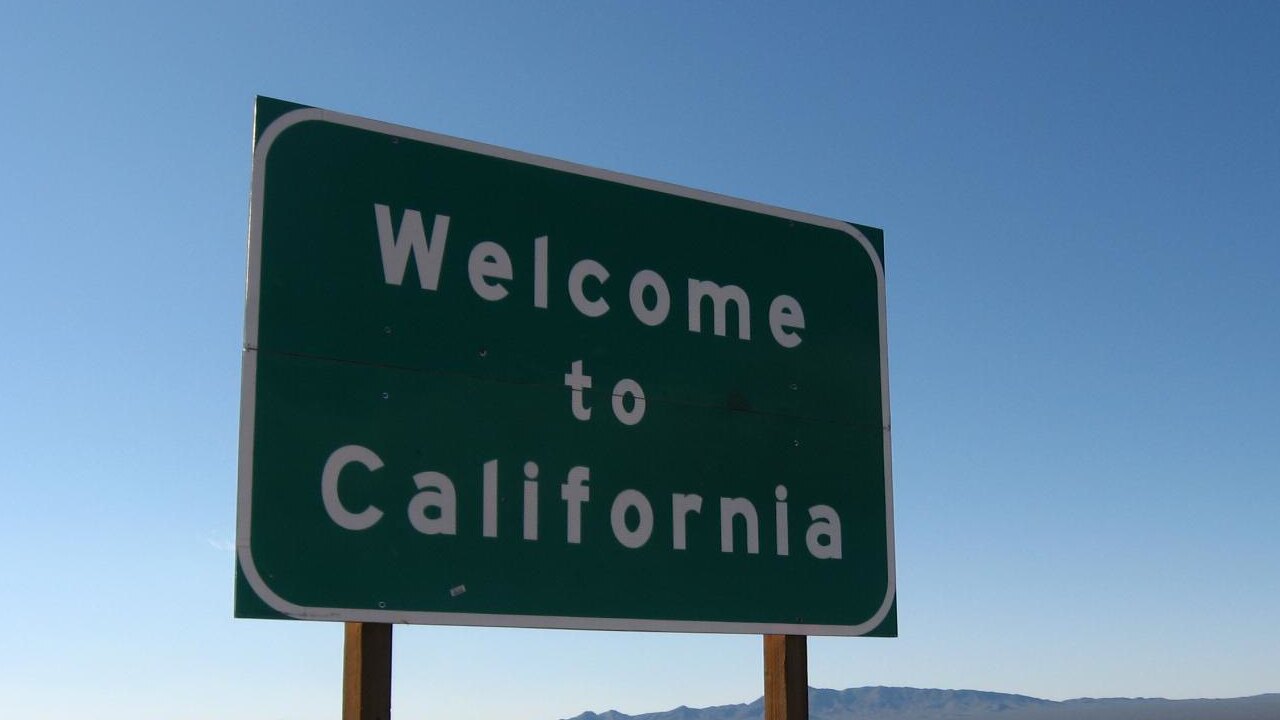On January 1, 2023 it is likely most Americans woke up with a hangover.
On January 1, 2023, it is a almost a certainty that no American woke up worried that the gas stove in their kitchen was secretly killing them.
Within a week, the hangovers had gone away but the nation was being told to be very afraid of the insidious danger that lurked in their kitchens, basements, and grills and that the pernicious fossil fuel known as natural gas must be exiled from modern life.
What happened and why, like so many issues obsessing certain segments of the population such as pronouns and equity and triggers, did the topic of evil gas stoves literally go from zero to 100 overnight?
It appears – of course – that California and its uber-nanny Air Resources Board (CARB) had a significant role to play in yet another instance of the “yesterday it was unheard of, today it is evil” swings that our society has become so vulnerable to as of late.
In September 2022, CARB banned the sale of gas water heaters and furnaces in the Golden State starting in 2030. This drew some attention, but as they scheduled a decision on stoves and other appliances until 2025, it did not spark a national debate and was seen for the most part by those on the other side of the Sierra Mountains as wacky California doing wacky stuff, though it did generate this national story in The Hill.
Shortly before the board’s decision, the Sierra Club and pair of climate and planning activist groups – SPUR and RMI (which, on its own, tried to get the anti-gas ball rolling in 2020 but didn’t make much headway it seemed at the time) – issued a California-centered report on the horrors of all gas appliances.
This report claimed, amongst other things that fail the laugh test, that “(P)hasing out gas appliances in the Bay Area would deliver a more significant reduction in NOx pollution than eliminating all of the region’s gasoline passenger cars” and “(H)omes and buildings are responsible for roughly 25% of California’s total greenhouse gas emissions – and the burning of fossil fuels in homes and buildings alone is responsible for roughly 10% of state-wide emissions.”
The putative climate and health benefits were not the only plusses touted by the report, which also stated that “(T)he transition off of fossil fuels in homes and buildings can serve as an important opportunity to advance housing and environmental justice…”
Central to the report is the notion that no home needs gas appliances at all and that every home should have an electric heat pump that would not only be cleaner but also, essentially, create air conditioning availability equity.
Great Britain is in the midst of trying to get homeowners to swap out gas systems for heat pumps but is running into challenges. While the British government claims 90 percent of homes could be retrofitted – a number that is a tad on the optimistic side and has banned new gas furnaces (starting in two years) and has a subsidy in place. The program so far is not a roaring success due to factors such as uncertainty and cost.
Finally, the report urged CARB to move quickly with the imposition of new regulations and claimed that not only that it had the legal and ethical right to do so but in fact may legally be forced to do so:
“In fact, because NOX (certain nitrogen oxides can play a role in smog and have relatively recently and not-exactly-accurately come to be considered a “dangerous” greenhouse gas, hence the Sri Lanka fertilizer disaster and the recent Dutch decision to eradicate one-third of the nation’s farms) pollution is a precursor to ozone, and because the many California air districts that are not in attainment with federal standards for ozone have a legal obligation under the federal Clean Air Act to come into attainment “as expeditiously as practicable,” there is a strong argument that air districts are actually legally obligated to pursue stronger standards for home appliances.”
CARB, in seeming opposition to its own pronouncements, does still appear to believe that the “harmful health” impacts of gas stoves can be ameliorated by having a working range hood or by simply opening the window, a measure that would be simpler and more cost effective and more rational than ripping out every gas stove in the state.
This simpler concept becomes more evident as the studies asserting the health and climate risks may not be terribly reliable.
In October, 2022, Richard Trumka, Jr. – son of former AFL-CIO leader Richard Trumka and a Biden appointee to the Consumer Product Safety Commission– attempted to get the organization to consider potential “rulemaking” in regards to gas appliances. It went nowhere…at first.
Nonetheless, two months after the CARB decision, the appliance ban bandwagon made its way to Europe with numerous activist and pressure groups demanding the European Union begin phasing out gas appliances.
(Note – one of the groups behind the Europush is called CLASP, which on its website also states that “(D)elivering energy services with a gendered lens can reduce drudgery, generate income and promote women’s empowerment” is a crucial issue.)
Then, in January, Trumka gave an interview in which he said the Commission was or should be (a bit blurry on that) considering a ban on gas stoves. And – unlike the shruggy aftermath of The Hill story – the national debate exploded.
The Biden administration said they were not considering such a ban, photos of First Lady “Dr.” Jill Biden cooking at a gas stove made the rounds, and much of the legacy media immediately “fact checked” the wildly unpopular idea into the ground, basically – again – saying it’s not going to happen and anyone who says it is are tin-foiled conspiracists (The New Republic even got into the game, making a peremptory claim of “gas stove denialism” occurring amongst the great unwashed in flyover country.
But in February, Biden’s Department of Energy did rollout proposed regulations on the manufacture of new gas stoves (amongst many many other things) the CPSC is in fact now looking at the issue, and New York Gov. Kathy Hochul has floated the idea of 2025 ban timeline.
As with “two weeks to stop the spread” turning into a multi-year disaster and “parts per million” based regulations morphing into “parts per billion,” the governmental, political, regulatory, activist, and non-governmental organization blob seems – again – to be engaging in the kind of cultural incrementalism that has foisted “people with a uterus” upon the world.
So why gas stoves as the latest target? Two reasons.
First, for whatever reason, the sustainable world is meant to be run on electricity with nothing, no matter how clean it is (natural gas was touted just a few years ago as the great green wave of the future, replacing nasty, smelly coal) no matter how effective and efficient it is, to be considered. It comes from the earth and is therefore bad. As noted in a previous story:
This essential invisibility of electricity is part of its green appeal. When other fuels are used, it is readily apparent to the user – they can see the gas burning in the blue flame on the stove and every time they fill up the tank they vaguely remember from junior high that gas comes from dinosaurs that got smooshed a long time ago and now it’s what your car eats.
In other words, there is a certain noticeable physicality to fossil fuels, while electricity is simply on/off and pay the bill once a month. It is the disconnection caused by this ubiquity that creates the psychological shield of simple ever-presence around electricity, making it nearly immune to “up-stream” (pollution, etc.) concerns and questions about being able to use more – a lot lot lot – more of it.
Second, it’s not only the environment that’s green – money is, too.
For example, RMI has on its board and amongst its donors multiple people and organizations that work in the “renewable” energy field. As natural gas is far more efficient, practically as “clean,” and infinitely more reliable than wind and solar power generation it must be removed as the competition if solar and wind are to prevail (and make those same board members and donors even richer in the process.)
Say you have a new product that costs more and doesn’t work as well as the product you hope it will replace. In the real world, you’re toast. But in a world of subsidies and guilt and bribes and lobbying, you can hopefully get the government to at least carve you out a niche by forcing people to buy it at least occasionally (to be allowed to buy nine of the good products you must buy one of the cruddy ones, that sort of thing.)
Now you have your solid base and you want to grow the product – how do you do that? By eliminating the competition to make your product – no matter how awful – the only option available.
Welcome to the heart of the matter.
With coal vanquished, nuclear and hydro demonized, and oil out of the question, what is the last obstacle to a practical monopoly that renewable energy industry faces? Natural gas – that’s why it must be attacked at every level and for every use until it, too, is relegated to the dustbin of kilowatt and cooking history.
It also never hurts to have on your side an ally that – while it will not even consider going “green” itself – knows doing so will damage its competition, hence China’s involvement in America’s environmental movement. RMI, for example, has one office outside of the United States – it’s in Beijing.
By the way, RMI also has a for-profit green tech spinoff company as well, like so many of the green/woke “impact” non-profits these days.
So, in the end, California is taking back its mantle as the leader, the standard setter, the champion, the innovator, the exemplar to the world, the future today.
Misery loves company.

Thomas Buckley
Thomas Buckley is the former mayor of Lake Elsinore, California and a former newspaper reporter. He is currently the operator of a small communications and planning consultancy and can be reached directly at [email protected]. You can read more of his work at: https://thomas699.substack.com/





